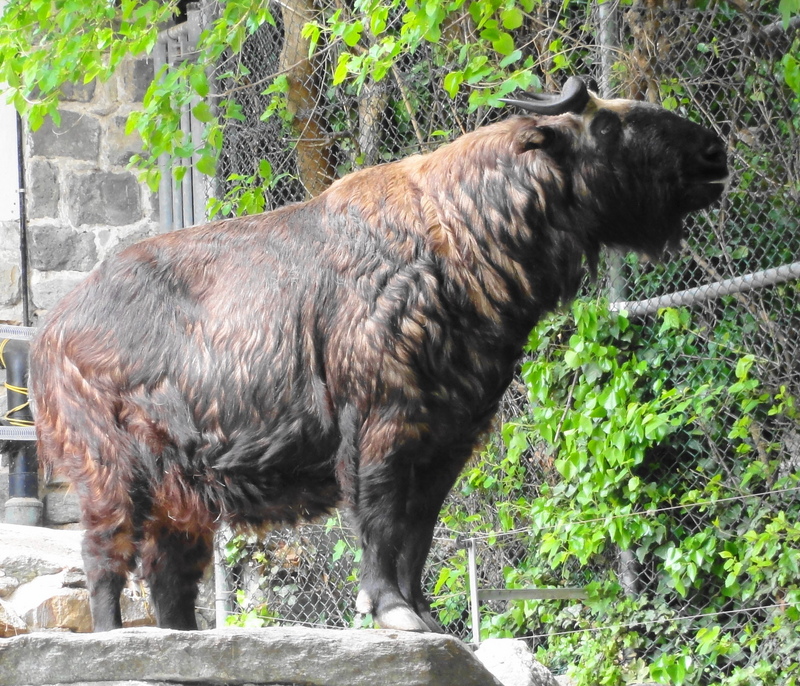|
Mishmi takin (Budorcas taxicolor taxicolor)
| 제목: | Mishmi takin (Budorcas taxicolor taxicolor)
| | 올린이: | Wiki Photos (---@---.---)
| |

| 해상도: 1622x1390
파일크기: 1297020 Bytes
촬영일: 2010:05:05 12:39:37
사진기: DSC-HX5V (SONY)
F number: f/5.0
Exposure: 10/1000 sec
Focal Length: 2488/100
등록시간: 2017:07:04 15:31:04
|
|

